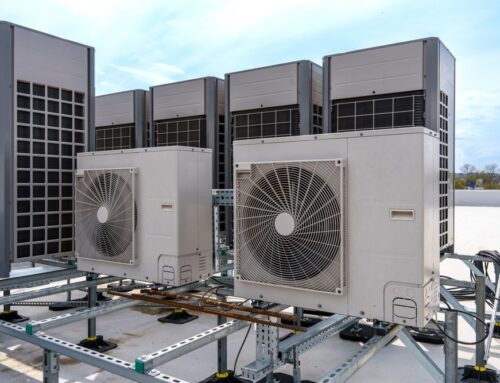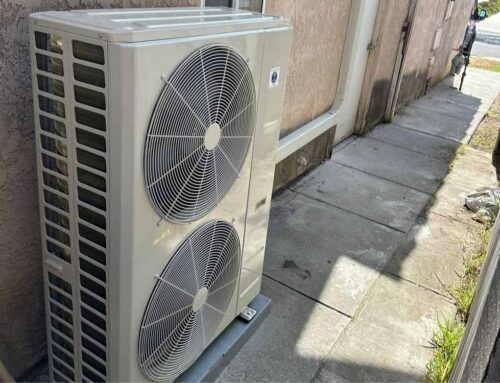Commercial refrigeration equipment is everywhere.
Cities and suburban areas have numerous restaurants, grocery stores, hotels, and so on, each with multiple refrigeration units of the walk-in variety, with remote compressors and condensers, as well as self-contained reach-ins. Pharmacies and healthcare facilities require freezers and refrigerators of many sizes and shapes, and some research and industrial complexes have huge refrigeration systems for super-conducting equipment to create zero resistance conditions at close to absolute zero. Then there are large office buildings with chillers, the capacity measured in tons. Additionally, air-conditioning is needed, even in winter, where there is a large concentration of electronic equipment, in telephone central office switch rooms and buildings that house large Internet provider servers and web hosts.
One thing all these cooling systems
have in common is that when they go down, the heat is on in every meaning of the phrase. Time is of the essence to restore service because the contents will degrade quickly if the temperature rises above a critical point. (A mediumsize walk-in freezer can contain upward of $15,000 worth of food). It is assumed that a refrigeration technician will be a qualified electrician, with whatever licensing the jurisdiction requires. Additionally, in the United States an Environmental Protection Agency (EPA) administered license is required whenever a refrigerant circuit is opened.
This licensing process focuses not on the competence of the technician to make repairs on refrigeration equipment but rather on the ability to add and remove refrigerant from the equipment without allowing any of it to be released into the atmosphere and find its way up to the ozone layer, which protects us from harmful ultraviolet radiation. One might ask: What possible harm, in a worldwide context, would the release of an ounce or so of this fluid do to a layer 10 to 30 miles above Earth’s surface? If this quantity is multiplied by the millions of refrigeration compressors that are decommissioned, it is plain to see that protective measures need to be taken. That is what the EPA regulation is all about. Do not even think about breaking open a refrigeration circuit without the license. The fines are immense.
There are three levels of certification permitting technicians to work on different sizes of equipment. Acquiring the license is a good learning experience and lays part of the groundwork for gaining additional knowledge in the field. Then, one would do well to work with an experienced refrigeration technician while studying the technology.
If you are interested in getting a new HVAC San Diego , CA home, there are a lot of new ways to do that. Give Atlas Heating & Air Conditioning Inc a call today at (877) 452-8527, so that we can get the process started for you.




